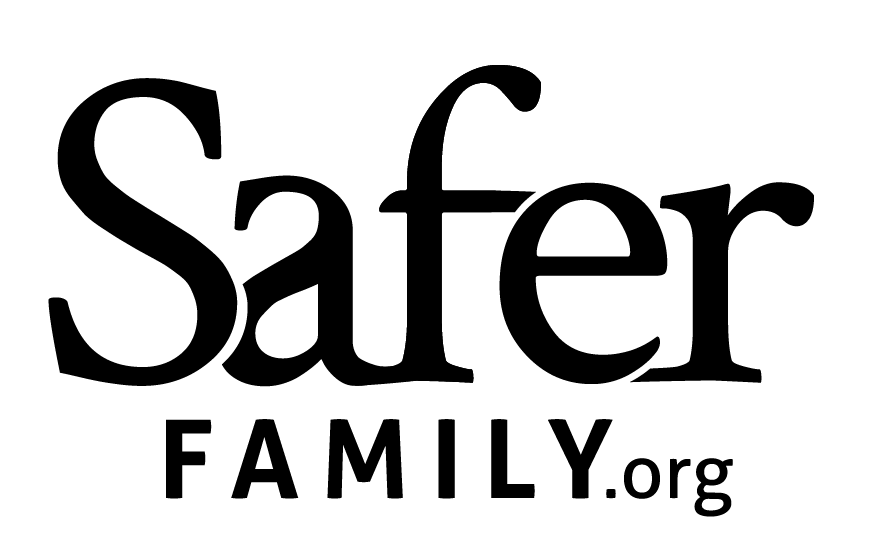- People 65 yrs and older
- People in a nursing home or long-term care facility
- People with chronic lung disease or moderate to severe asthma
- People who have heart disease with complications
- People who are immunocompromised including those undergoing cancer treatment
More Information
Educational Resources to Help Prevent the Spread of the Virus
What is COVID-19?
What is Coronavirus, specifically COVID-19?
A coronavirus is a type of common virus that can infect your respiratory tract. They can spread much like cold viruses. Almost everyone gets a coronavirus infection at least once in their life, most likely as a young child. They tend to circulate in the fall and winter.
The novel coronavirus, COVID-19, is a new strain of coronavirus and is infecting people for the first time which results in those infected not having any immunity built up against the strain.
There is limited information at this time on the full range of clinical illness associated with this virus. However, it is causing symptoms consistent with a respiratory illness such as fever, cough, and shortness of breath. Symptoms have varied from mild to severe. CDC believes at this time that symptoms of 2019 nCoV may appear in as few as two days or as long as 14 days after exposure.
Source: www.nj.gov/health/cd/documents/topics/NCOV/COVID-19-PUBLIC%20FAQs_03212020.pdf

Who is at risk?
High Risk People
- People of any age with severe obesity or certain underlying medical conditions, particularly if not well controlled, such as those with diabetes, renal failure, or liver disease might also be at risk.
- People who are pregnant should be monitored since they are known to be at risk with severe viral illness.
- Many conditions can cause a person to be immunocompromised, including cancer treatment, bone marrow or organ transplantation, immune deficiencies, poorly controlled HIV or AIDS, and prolonged use of corticosteroids and other immune weakening medications.
How to keep yourself safe
Frequent handwashing with soap and hot water or alcohol-based hand sanitizer with a 60-95% alcohol base. Cover ALL surfaces of your hands and rub them together until they feel dry. Soap and water should be used preferentially to hand sanitizer is hands are visibly dirty.
Avoid touching your eyes, nose, mouth, and face with unwashed hands.
Stay home if you are not feeling well and contact a health care provider.

When to wash your hands:
- Before, during, and after preparing food
- Before eating food
- Before and after caring for someone at home who is sick with vomiting or diarrhea
- Before and after treating a cut or wound
- After using the toilet
- After changing diapers or cleaning up a child who has used the toilet
- After blowing your nose, coughing, or sneezing
- After touching an animal, animal feed, or animal waste
- After handling pet food or pet treats
- After touching garbage
How to wash your hands properly:
- Wet your hands with clean, running water (warm or cold), turn off the tap, and apply soap.
- Lather your hands by rubbing them together with the soap. Lather the backs of your hands, between your fingers, and under your nails.
- Scrub your hands for at least 20 seconds. Need a timer? Hum the “Happy Birthday” song from beginning to end twice.
- Rinse your hands well under clean, running water.
- Dry your hands using a clean towel or air dry them.
Source: https://www.cdc.gov/handwashing/when-how-handwashing.html
For More Scientific Info on Why it is important!
Different cleaners that can be used to disinfect
According to the EPA, the following products have been tested to kill the coronavirus:
-
-
- Lysol Clean and Fresh Multi-Surface Cleaner – dilutable – 3min contact time – EPA # 777-89
- Clorox Disinfecting Wipes – RTU Wipes – 4min contact time – EPA # 5813-79
- PURELL Professional Surface Disinfectant Wipes – RTU Wipes – 5min contact time – EPA # 84150-1
- Lysol® Disinfectant Max Cover Mist – RTU (ready-to-use) – 10 min contact time – EPA # 777-127
- Lysol® Disinfectant Spray – RTU – 10 min contact time – EPA # 777-99
-
Source: https://www.epa.gov/pesticide-registration/list-n-disinfectants-use-against-sars-cov-2
Here is a link for another website with a compiled list of cleaners – https://www.kiro7.com/news/trending/coronavirus-checklist-more-than-150-disinfectants-that-may-kill-coronavirus-surfaces/D5J5ZJ7QK5B4DDP4ZZ7GQGWQVA/
Why is Disinfecting important?
This study suggests that people may acquire the coronavirus through the air and after touching contaminated objects. Scientists discovered the virus is detectable for up to three hours in aerosols, up to four hours on copper, up to 24 hours on cardboard, and up to two to three days on plastic and stainless-steel surfaces.
“This virus is quite transmissible through relatively casual contact, making this pathogen very hard to contain,” said James Lloyd-Smith, a co-author of the study and a UCLA professor of ecology and evolutionary biology. “If you’re touching items that someone else has recently handled, be aware they could be contaminated and wash your hands.”
Source: www.sciencedaily.com/releases/2020/03/200320192755.htm
According to a study published on the Journal of Hospital Infection’s website from Feb 06, 2020, the human coronavirus can survive up to 9 days on various surfaces depending on the temperature. However, disinfection done with a 62-71% ethanol cleaner drastically inactivates the presence of the viral bacteria.
Source: https://www.journalofhospitalinfection.com/article/S0195-6701(20)30046-3/fulltext

